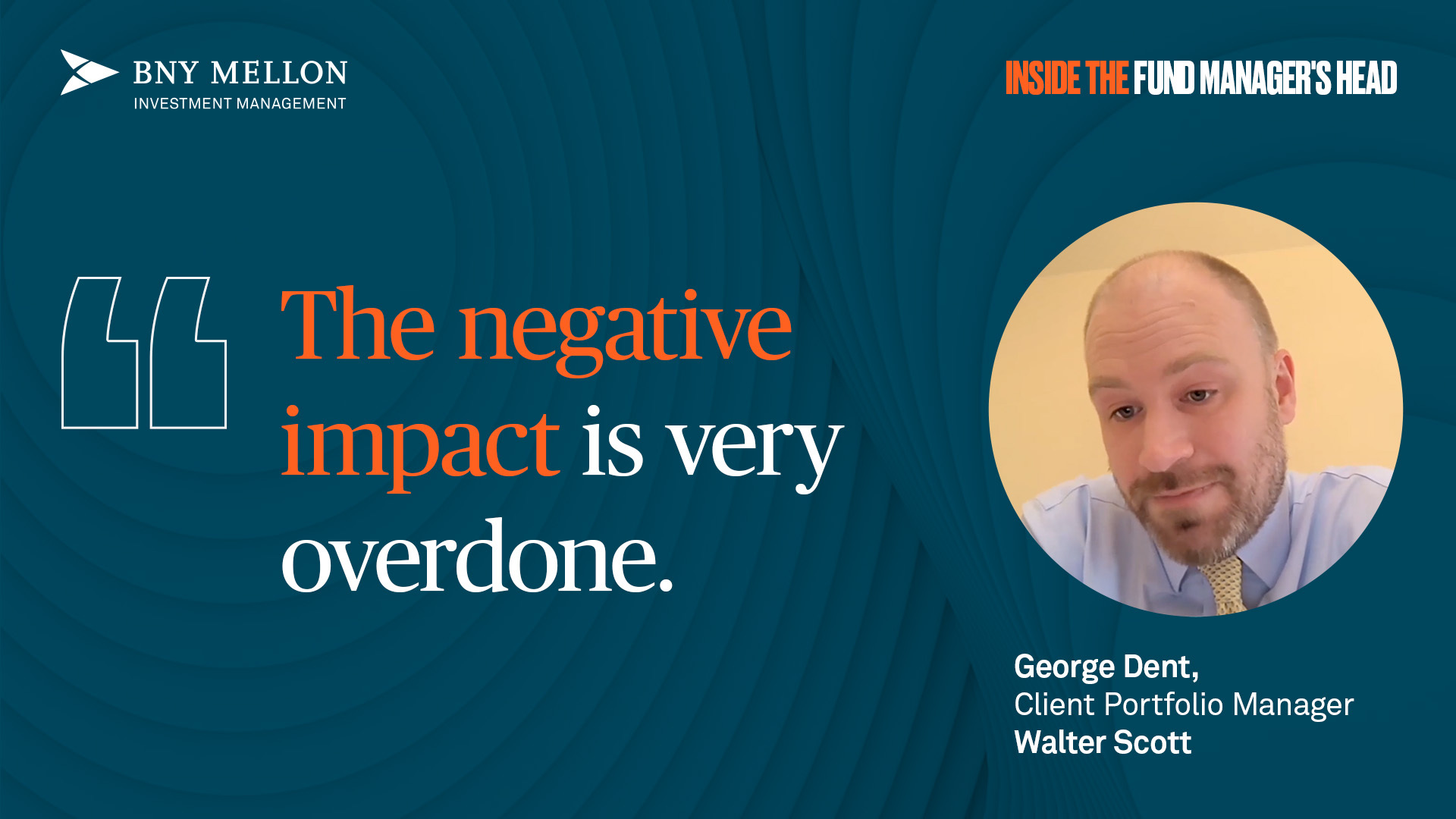After a difficult 2018 for the Chinese market, the country’s domestic stocks have rallied so far this year but it remains to be seen whether this can be sustained over the longer term.
In what should have been a strong year for the Chinese equities as more A-shares were incorporated into the MSCI indices, China’s performance in 2018 was disappointing.
It came as US president Donald Trump pursued a harder line against the country over trade and a perceived unfair relationship. The issue flared up several times throughout last year and raised doubts over the ability of the Chinese economy to weather new tariffs.
Last year, the MSCI China index fell by 13.83 per cent while the MSCI AC World – a benchmark made up of large- and mid-cap companies from 23 developed markets and 24 developed markets – was down by just 3.79 per cent in comparison, in sterling terms.
Chinese equity strategies also struggled as not one of the funds in the IA China/Greater China sector delivered a positive total return, with the average peer losing 14.18 per cent.
But there has been a significant turnaround in 2019, so far.
Sentiment towards Chinese equities has strengthened recently as the potential for a trade war with the US has weakened and Trump’s threatened tariffs have been pushed back.
Performance of indices YTD

Source: FE Analytics
Since the start of the year, the Chinese index has made a total return of 14.08 per cent, compared with an 8.41 per cent gain for the global benchmark, as the above chart shows.
The Chinese market has also been buoyed by the arrival of monetary stimulus by the authorities and a pause by the US Federal Reserve in its rate-hiking programme.
“The Fed’s pause on policy tightening has stabilised the US dollar and other major central banks have taken on a dovish tone,” said BlackRock global chief investment strategist Richard Turnill.
The policy environment has become more supportive of the Chinese market, with what the BlackRock strategist described as “material policy easing”. He said that ample credit growth and fiscal stimulus was particularly helpful for A-shares given issuers’ domestic consumer focus.
However, he said despite more positive developments in 2019 and a rally in the Chinese market, its stocks continue to trade at a “hefty” discount to emerging market equities.
As the below chart shows, Chinese stocks are trading at a lower price-to-earnings (P/E) multiple than their emerging markets peers.

Source: BlackRock
“Valuations are still attractive, though a large unwind of negative sentiment means the value isn’t as big as it was in late 2018,” said Turnill, adding that there could be the potential for further gains to be made despite the recent rally.
The current drivers of performance – including increased flows into A-shares, a more supportive policy environment and a potential resolution to the trade spat with the US – should persist in the near term and remain positive for domestic stocks, the strategist said.
In addition, global investor exposure to Chinese stocks is light with just 3 per cent of the A-share market understood to be owned by international investors.
This figure could increase significantly, particularly with MSCI set to quadruple the weighting in its emerging markets index from 0.7 per cent to 3 per cent.
Yet, there are two significant risks to the outlook that investors should heed, the strategist said.
“First, China’s economic and earnings momentum are weak,” he explained. “We see scope for consensus growth expectations to drop further in the near term, but expect economic and earnings growth to both bottom out next quarter at levels still above those of many developed markets.
“Investors are currently looking through such downgrades, but fundamentals will need to turn for a sustained rally.”
The second risk is that there is a significant escalation in the US-China trade conflict.
This risk has fallen away since December, as the US delayed the introduction of $200bn in planned tariffs for 90 days to allow negotiators time for further talks.
With this deadline soon to expire, all eyes are back on the world’s two largest economies to see whether a deal can be struck.
However, BlackRock’s own market attention indicator – which assesses the likelihood of a risk over a six-month horizon and is based on a scenario where the US sets tariffs on almost all Chinese imports, and China retailing with its own levies and roadblocks for US businesses – has also highlighted the shift to de-escalation.
A zero score on the indicator represents the average level over its history, while a score of one represents one standard deviation above the average.
Having hit a high of 3.25 in August at the height of tensions the risk score fell to 1.79 at towards the end of February.

Source: BlackRock
Nevertheless, significant escalation cannot be completely ruled out, Turnill said, particularly as there are likely to be long-term issues that remain unresolved.
“A meeting between the countries’ leaders may be required for a meaningful trade deal,” he explained. “There is a danger of market complacency over the prospects for such a deal, even as we see a low near-term risk of a flare-up.”
Rivalry in the technology sector as well as disputes over market access could continue to cause trouble between both countries over the long term.
However, the BlackRock strategy chief said that the firm remains positive on Chinese stocks in the near term despite the rally.
“We see potential for positive returns for Chinese stocks, but would be more selective,” he concluded. “In the short term, we favour market segments likely to benefit from further local policy easing such as brokers and companies related to the domestic consumer.”






